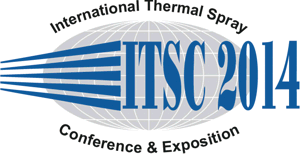| Abstract: |
Stainless steels and titanium alloys are the most common used metallic materials in biomedical applications due to their high mechanical, physical and biological performance. To achieve natural bond growing on implanted prosthesis which is manufactured from metallic biomaterials, their surfaces should be coated with bioactive material such as hydroxyapatite (HA). Hydroxyapatite (HA), formulated as Ca10(PO4)6(OH)2, which has a great biocompatibility with human organism and formed an inorganic part of the bone is used as a biomaterial to repair hard tissues and their configurations. Different methods such as plasma spraying, High velocity oxy-fuel (HVOF), laser, electrophoresis, dip coating, sol-gel methods are used for coating of metal based implant or prosthesis surfaces. Plasma spraying is the most common and economical method for industrial applications. Because of its high process temperature, this method causes defects on HA structure and occurrence of secondary phases. HVOF can be used as an alternative method to reduce problems in plasma spray coating.
In this study, different - sized HA powders on 316L stainless steel implants used in biomedical applications were used by HVOF spray process by using DJ2600. Before spraying powder properties was characterized as particle size distribution, flow behaviour and particle morphology and chemical composition was characterized by using laser particle size distrubition and SEM , XRD respectively. Produced coatings were analyzed in terms of porosity content, phase composition, hardness and microstructure.
|
|
